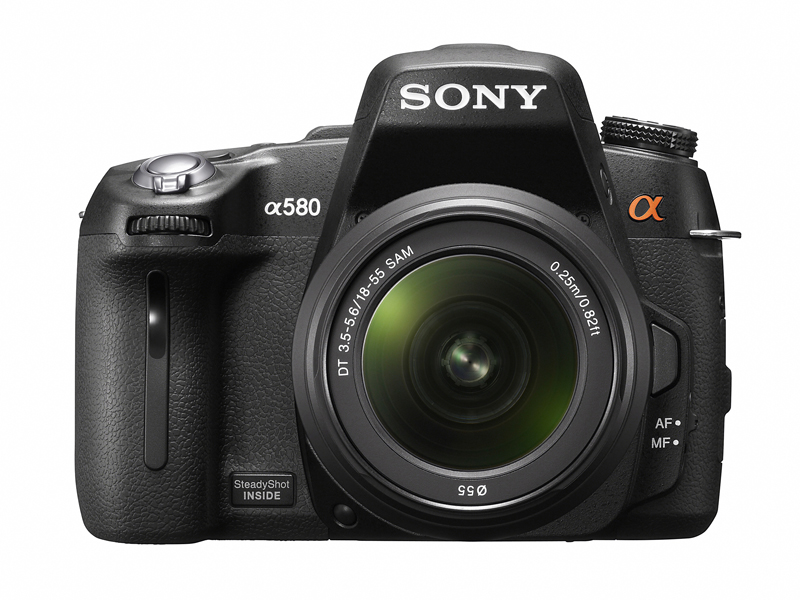Why you can trust TechRadar
When the default multi-segment metering pattern is used the Sony A580 does a good job of exposing correctly, although it does sometimes get led astray when the scene contains highlights (such as larger areas of cloud).
Although this prevents highlight details from blowing out, it does mean that images straight out of the camera may require a little tweaking to get them to the user's liking. The various dynamic range options, therefore, find themselves useful when this does happen to be the case, typically by lifting darker areas to produce a more balanced exposure.
Auto white balance systems generally cope well with natural light and fall down under artificial sources, although, sadly, the Sony A580 proves that mistakes can easily be made in both. Although the majority of images are accurate enough, the camera does have a tendency of making them a little too warm.
This, together with the odd underexposure, can produce dense-looking results, although the system also shows a tendency to veer towards unexpected coldness at times, which is particularly noticeably when the same scene is shot from a slightly different perspective.
Under tungsten light the system seems to reproduce images faithfully, although during the test it repeatedly failed to render a green building – lit with fluorescent light – as green, instead choosing to turn it blue. Of course, auto white balance issues are common and easily rectified in post-processing, but it's still concerning that the camera should be unreliable under natural light.
Thankfully, the DT 18-55mm f/3.5-5.6 SAM kit lens with which the camera is supplied can produce some good results. While at the 18mm end control over barrel distortion is markedly poor and detail is a little lacklustre, this improves once the lens in zoomed in a little, where detail is high right up to the corners and edges of the frame.
At the 55mm end of the lens some very good results are possible, even when the camera is shooting at its widest available aperture, while chromatic aberrations are present but pleasingly minimal throughout.
Sign up for breaking news, reviews, opinion, top tech deals, and more.
Noise begins to creep into images from around ISO 800, but in normal conditions this only becomes an issue at about ISO 3200 upwards. The in-camera JPEG processing removes the fine cast of chroma noise from high-sensitivity images well, and despite there being plenty of noise at ISO 12,800 there seems to be little banding. This makes results usable at smaller sizes, although for anything larger it's best to process raw images with a little time and care.
Sony A580 ISO Test

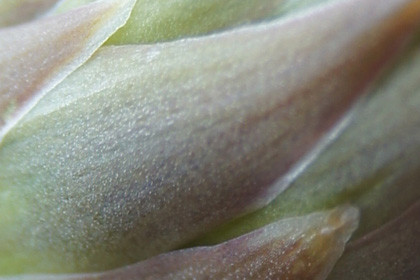
Sony A580 Review: ISO 100
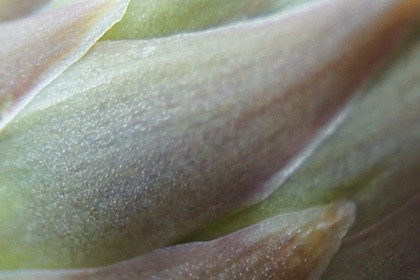
Sony A580 Review: ISO 200
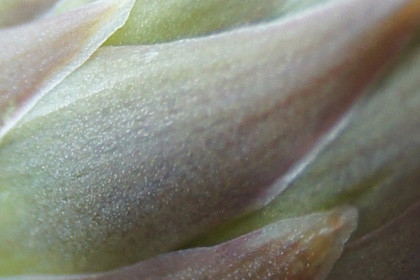
Sony A580 Review: ISO 400
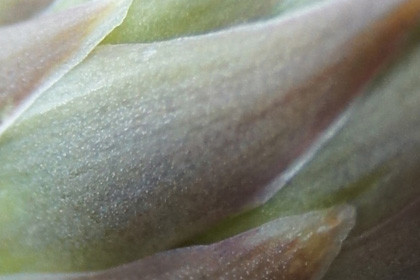
Sony A580 Review: ISO 800
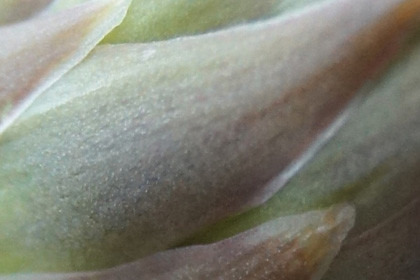
Sony A580 Review: ISO 1600

Sony A580 Review: ISO 3200
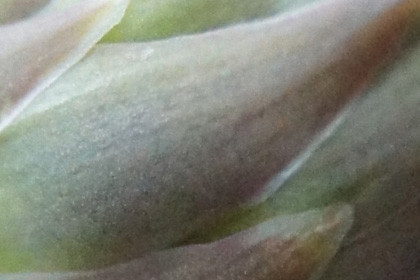
Sony A580 Review: ISO 6400
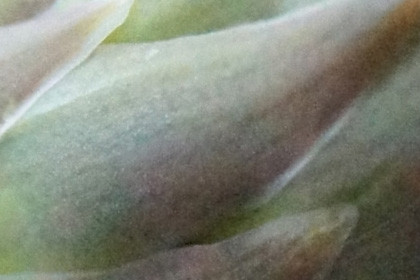
Sony A580 Review: ISO 12,800
Overall, the standard of JPEGs is generally fine, with the slight boost in sharpness over raw images teasing out a little more detail. For those who want to get the best out of their images, the supplied Image Data Converter SR software combines a straightforward interface with a reasonably comprehensive level of control over processing.
Options are arranged in a logical order, and it's fairly easy to tweak raw images quickly so that their quality surpasses that of JPEGs straight from the camera. Considering the noise present in raw images shot at the highest sensitivity, it can take a little practice to get the best out of them, but manual efforts can typically do a better job than the automated setting which leaves images noise free but very soft.
Sometimes, for example, it may be preferable to leave a little noise in an image if it means that more detail will remain too, particularly when shooting in black and white.
In summary, the A580 is clearly capable of capturing good images with plenty of detail, but leaving it to its automated settings doesn't always produce the desired result.
Sony A580 Image Quality Test
As part of our review process we've implemented a new testing procedure. To test the Sony Alpha 580 image quality, we shot our resolution chart with the Sigma 50mm f/1.4 EX DG HSM lens.
If you view our crops of the resolution chart's central section at 100% (or Actual Pixels) you will see that, for example, at ISO 100 the Sony A580 is capable of resolving up to 26 (line widths per picture height x100) in its highest quality JPEG files.
Examining images of the chart taken at each sensitivity setting reveals the following resolution scores in line widths per picture height x100:
Click here to view the resolution chart in full
JPEG Files
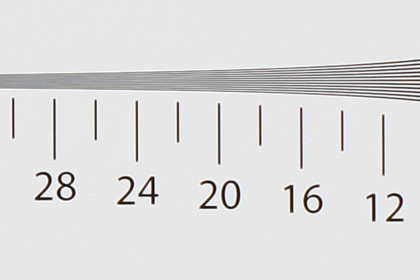
Sony A580 Review: ISO 100 24
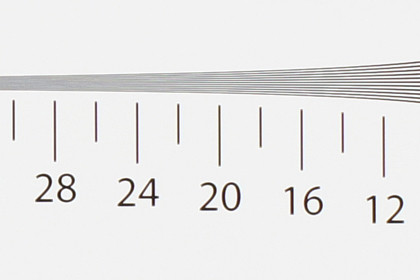
Sony A580 Review: ISO 200 24
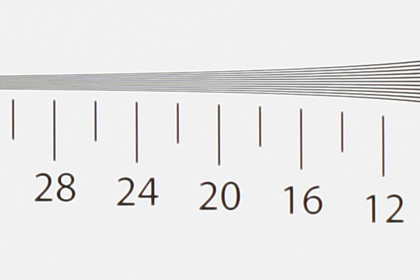
Sony A580 Review: ISO 400 24
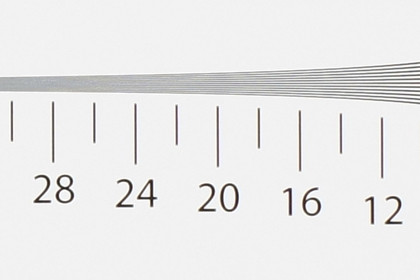
Sony A580 Review: ISO 800 24
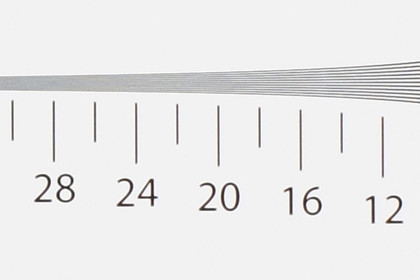
Sony A580 Review: ISO 1600 22
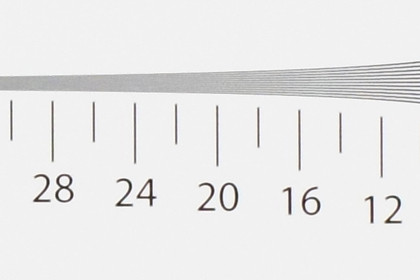
Sony A580 Review: ISO 3200 20
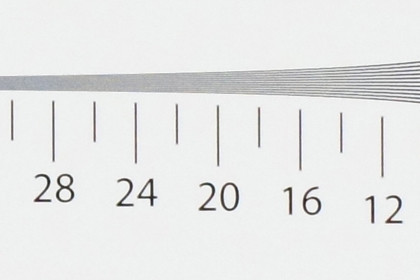
Sony A580 Review: ISO 6400 20
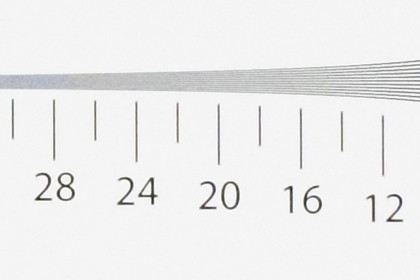
Sony A580 Review: ISO 12,800 20
Raw Files
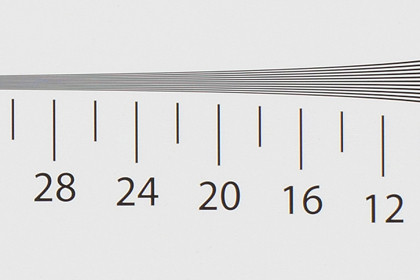
Sony A580 Review: ISO 100 26
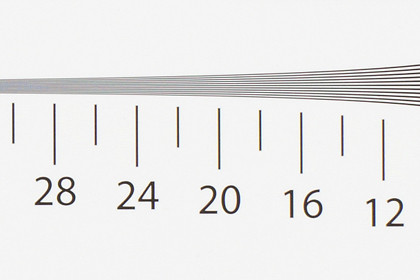
Sony A580 Review: ISO 200 26
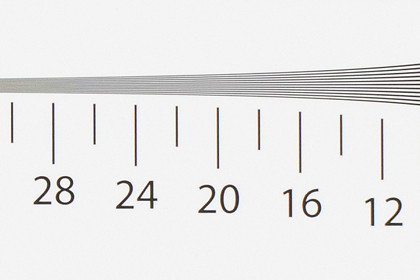
Sony A580 Review: ISO 400 24
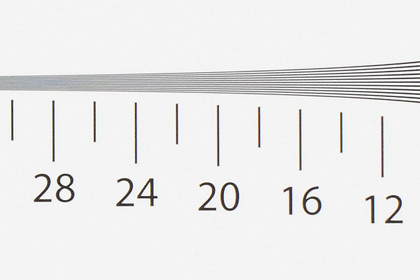
Sony A580 Review: ISO 800 22
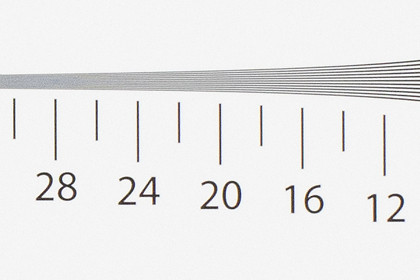
Sony A580 Review: ISO 1600 22
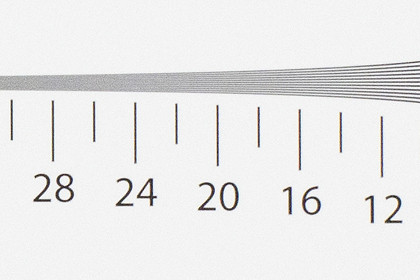
Sony A580 Review: ISO 3200 20
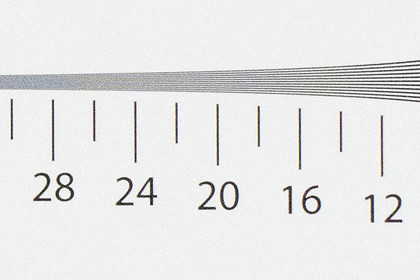
Sony A580 Review: ISO 6400 20
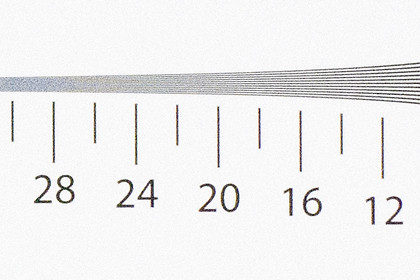
Sony A580 Review: ISO 12,800 20
Current page: Sony A580 Review: Image quality
Prev Page Sony A580 Review: Controls and features Next Page Sony A580 Review: Sample photos